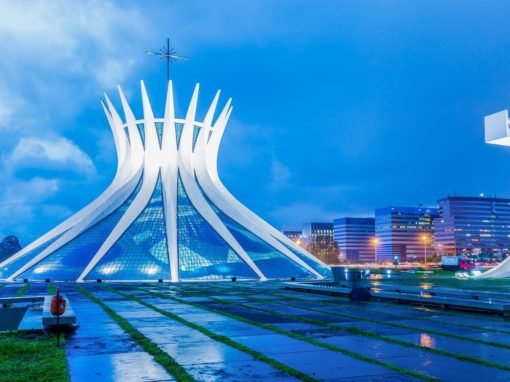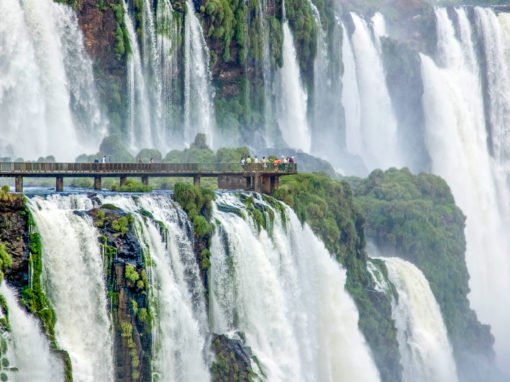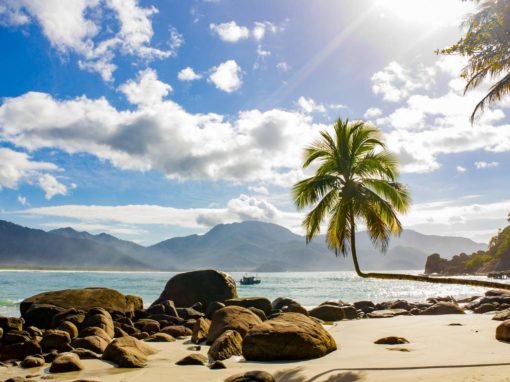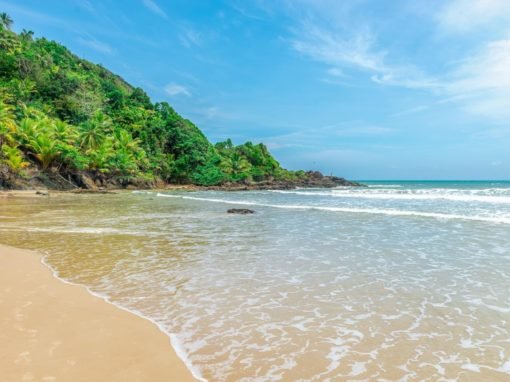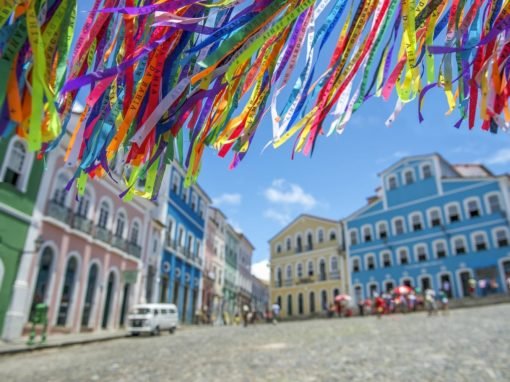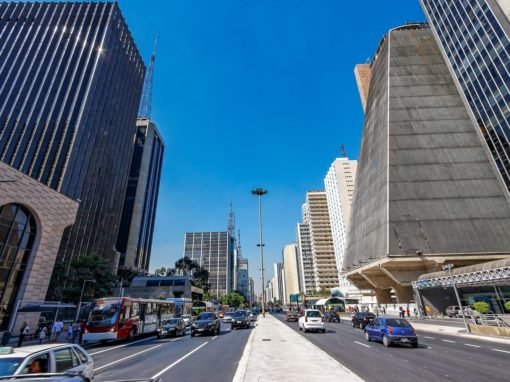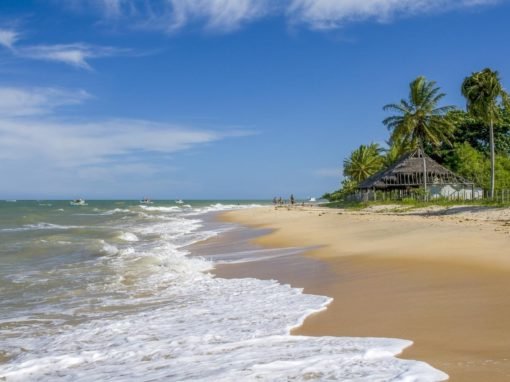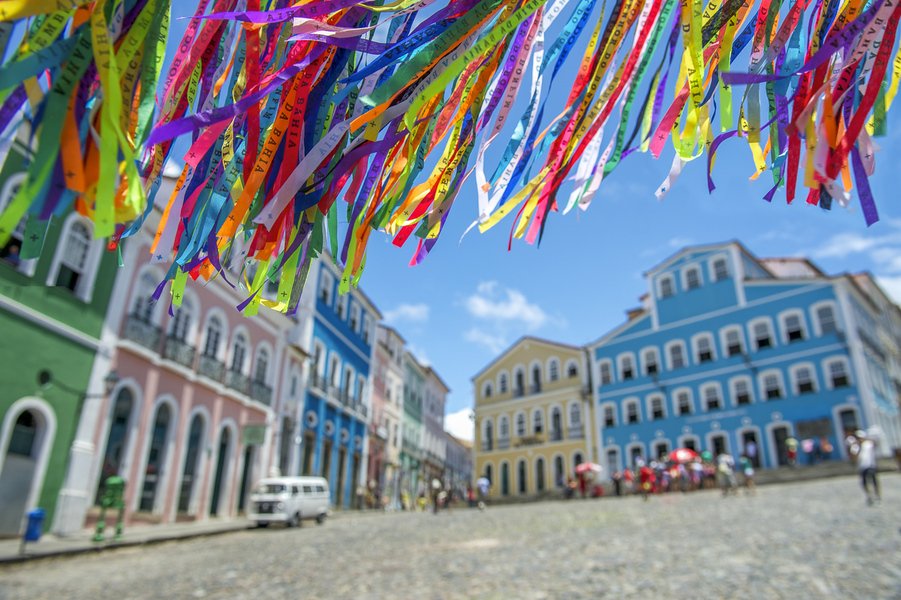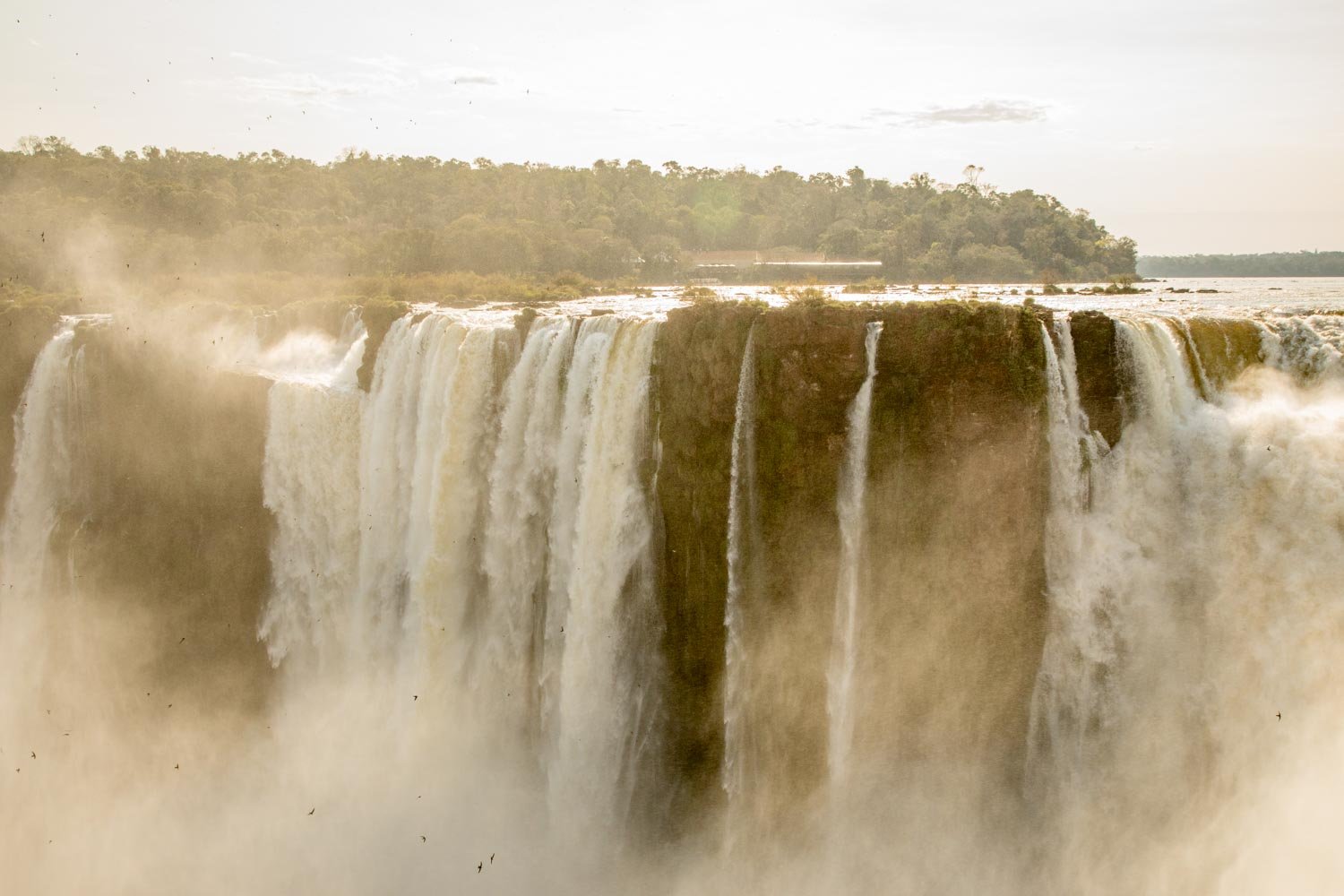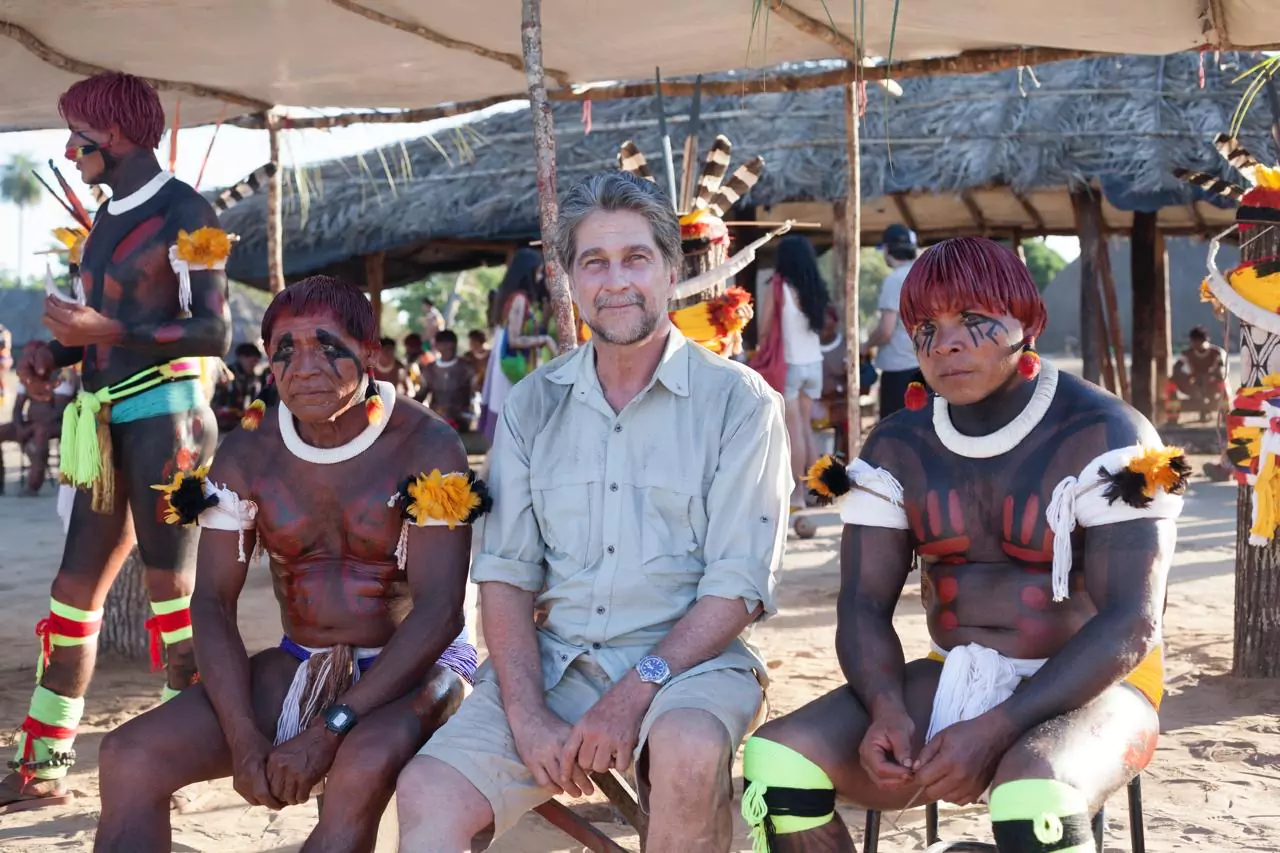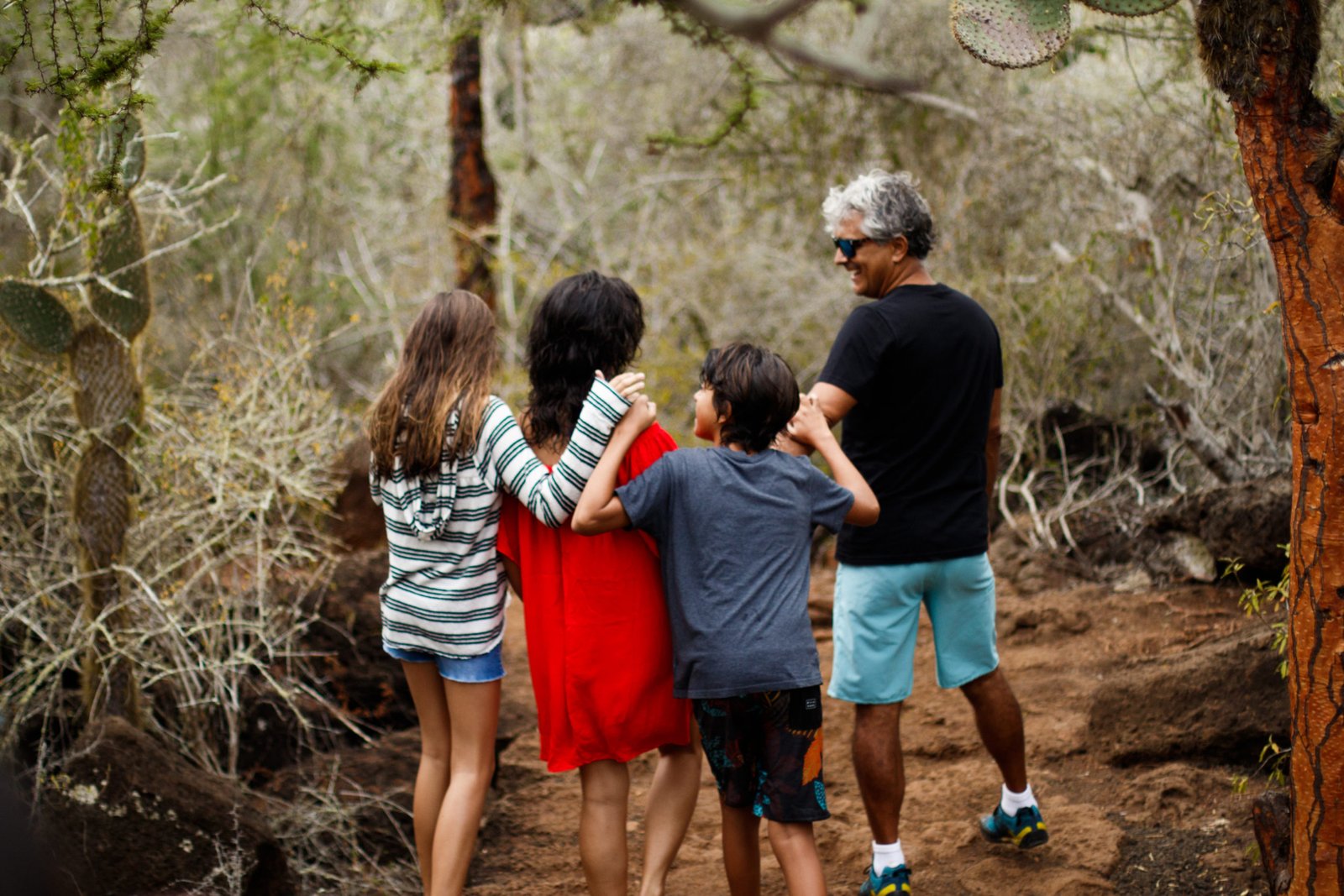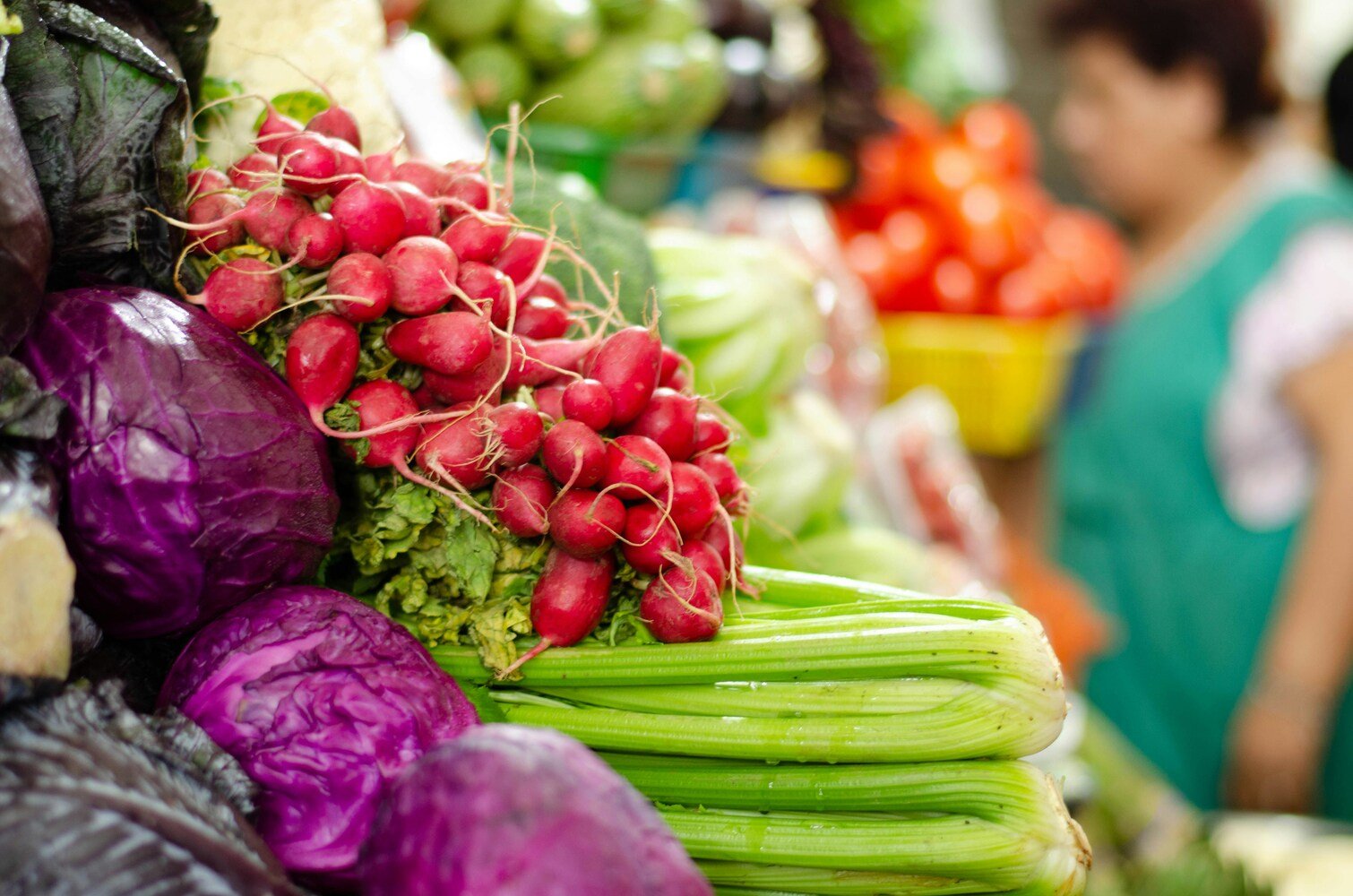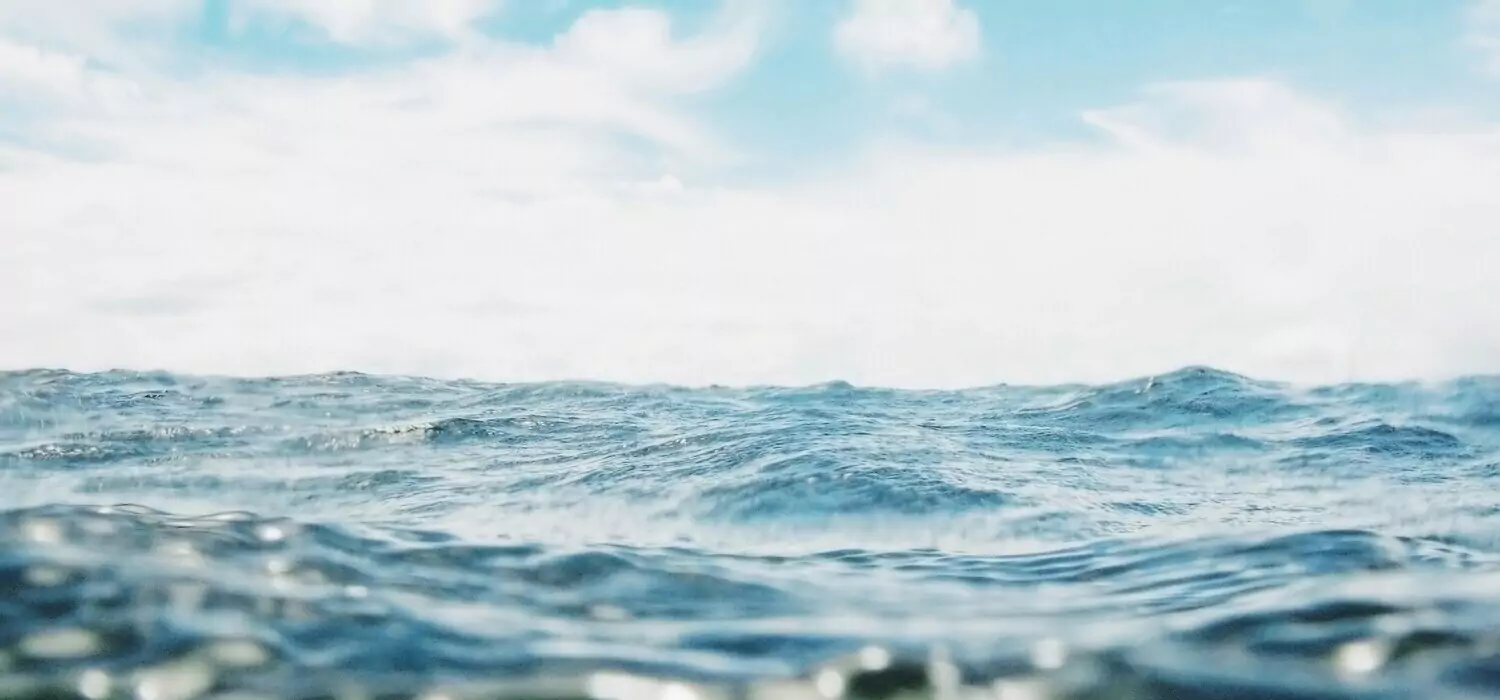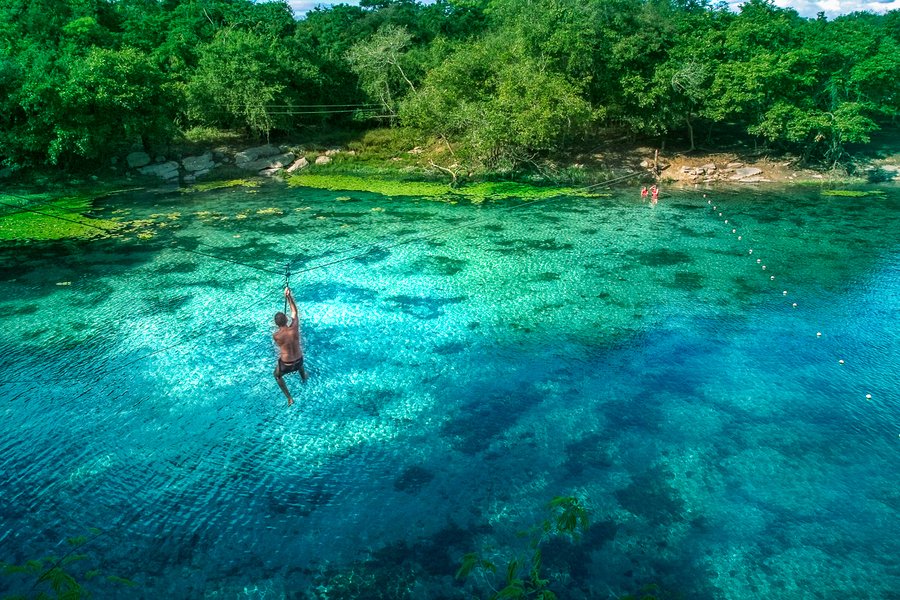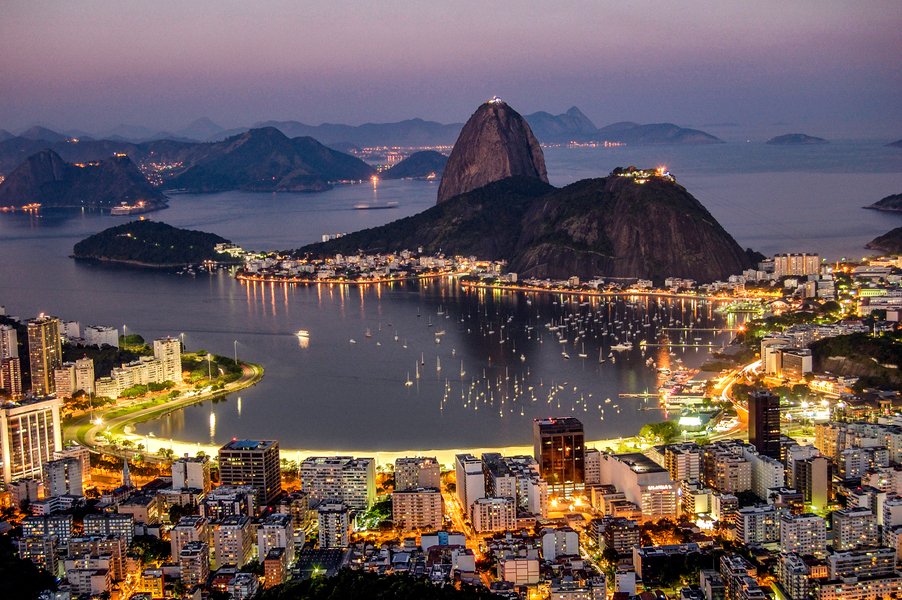Brazil
Smile. You’ve LANDED in Brazil.
As the world’s fifth largest country, Brazil dominates nearly half of South America. With a land area of over five million square miles, it spans four time zones and surpasses the size of the contiguous 48 United States. Brazil’s territory boasts diverse topography, including mountains, plains, rainforests, islands, and a stunning 4,600-mile-long Atlantic coastline lined with white and golden beaches.
LANGUAGE PORTUGUESE
CURRENCY REAL
READ GABRIELA, CLOVE & CINNAMON
SIP & TASTE CAIPIRINHA & FEIJOADA
EXPERIENCE ENDLESS BEACHES OF BAHIA
Start your journey today
Destinations
Where to go in Brazil
Adventures you can’t Miss
Luxury accommodations in Brazil

UXUA
Trancoso

Reserva do Ibitipoca
Minas Gerais

Txai
Itacare

Hotel das Cataratas
Iguaçu

Emiliano
Rio de Janeiro
Albums & Stories
Gallery
FAQ
What is the best time to visit Brazil?
In general, the warmest months (December to March) are also the wettest. The winter season months of May to September tend to have fewer visitors, good climate, and better values. Many of our clients go back year after year; Brazil tends to leave visitors with a strong sense of saudade – nostalgic longing to return.
What language is spoken in Brazil?
About 5% of Brazil’s population has some knowledge of English, and only 1% speak it fluently. English is spoken more often in locations frequented by foreign visitors or larger cities. LANDED can offer bilingual guide services to ensure you don’t miss a single detail of the rich cultural information shared during your travels.
Besides Portuguese, more than 160 languages and dialects are spoken by the Indigenous peoples in Brazil today.
What should I pack for Brazil?
Still, here are some essentials to help you get started:
- Passport. Lock the original in the hotel safe and keep a copy (say, a photo of the passport’s photo page) with you at all times.
- US cash in small denominations (clean, un-torn bills). These are widely accepted as tips. Local currency can be obtained at hotels and through ATMs.
- Credit & ATM cards. ATMs are available and major credit cards are accepted at most restaurants and hotels. Please confirm your travel dates and destinations with your card issuers before you leave the country.
- Airline flight information
- Camera, batteries, & data cards (or film, if your hands are occasionally scented by fixer or selenium)
- Electrical adapter, universal surge protector, & power strip. In most locations, Brazil uses offset three-pin plug types (C and N). Brazil operates on 127/220V supply and 60Hz.
- Daypack or small backpack
- Sun protection (sunblock, sunhat, & sunglasses). The sun in the tropical regions can be intense.
- Insect repellant (higher quality repellants—especially those with DEET—can be difficult to find locally)
- Anti-itch antihistamine spray (e.g. Benadryl spray)
- Prescription medications
- Rain jacket (or rain repellent shell)
- Swimwear
- Light, informal clothing for dining and hotel or in cities (it’s amazing how versatile a charcoal grey sweater can be). In the evening locals usually dress smart casual or business casual but some restaurants are more formal.
- Comfortable walking or hiking shoes
How safe is Brazil?
Rio de Janeiro and Sao Paulo are some of the largest cities in the world; big city awareness is highly recommended. Bag snatchers and pickpockets target public transportation hubs and tourist areas. As a general rule, you should not be out in the streets alone after dark. Stay in well-lit areas and be aware of your surroundings. Most incidents occur in the street. Keep your travel documents (e.g. passports) in the hotel safe or concealed in a zippered pocket. Leave that flashy wristwatch at home or in the hotel security box. Your guides and the hotel concierge can provide additional guidance.
In rural areas and national parks, follow your guide’s advice. Stick together. Secure and be aware of your valuables. These regions are best explored in the company of an expert local guide.
Is Brazil a good destination for kids?
Brazil is family-friendly; young children are welcome in most hotels and restaurants. Teens and tweens have most of the same options their parents have: hiking, biking, kayaking, surfing, and multi-sport outings. Many of those activities can be adapted for younger children, or we can pair off into groups based on desired levels of activity—one parent and guide per group. Everyone can enjoy cultural interactions, cooking classes, market tours, picnics, sailing, wildlife viewing, fishing, and river trips.

